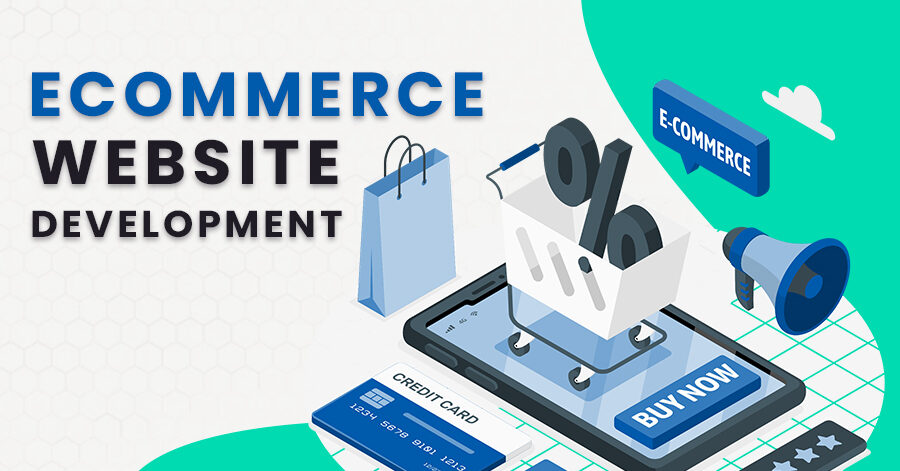In today’s digital age, e-commerce has transformed the way businesses operate and consumers shop. With the rise of online shopping, businesses of all sizes have embraced e-commerce to reach a wider audience, expand their product offerings, and enhance customer convenience. However, developing a successful e-commerce website development requires careful planning, strategic implementation, and ongoing optimization.
Demystifying E-commerce Website Development
E-commerce website development encompasses the process of creating an online store that enables businesses to sell their products or services directly to consumers. This involves a range of considerations, from website design and functionality to payment gateways and shipping logistics.
Key Steps in Ecommerce Website Development
- Define Your E-commerce Goals:
Before embarking on the development journey, it is crucial to clearly define your e-commerce goals. What do you aim to achieve with your online store? Are you targeting increased brand awareness, higher sales volume, or both? Having clear objectives will guide your development decisions and help you measure the success of your e-commerce venture.
- Identify Your Target Audience:
Understanding your target audience is paramount to creating a user-friendly and engaging e-commerce experience. Research their demographics, preferences, and online behaviour to tailor your website’s design, product offerings, and marketing strategies accordingly.
- Choose the Right E-commerce Platform:
Numerous e-commerce platforms, such as Shopify, WooCommerce, and Magento, offer varying functionalities and pricing models. Carefully evaluate your needs and budget to select the platform that best aligns with your business requirements and technical expertise.
- Design a User-Friendly Website:
Your e-commerce website serves as your virtual storefront, so it must be visually appealing, easy to navigate, and optimized for conversion. Prioritize a clean layout, intuitive navigation, and clear product descriptions to enhance user experience and encourage purchases.
- Implement Secure Payment Gateways:
Security is paramount in e-commerce, as customers entrust you with their sensitive financial information. Integrate secure payment gateways to protect customer data and ensure seamless checkout processes.
- Optimize for Search Engines:
Search engine optimization (SEO) is essential for driving organic traffic to your e-commerce website. Implement SEO best practices, including keyword research, on-page optimization, and link building, to improve your website’s search engine rankings.
- Establish Streamlined Shipping Logistics:
Shipping plays a crucial role in customer satisfaction. Partner with reliable shipping carriers and integrate shipping management tools to provide customers with transparent shipping rates, tracking options, and timely delivery.
- Prioritize Mobile Optimization:
With the increasing prevalence of mobile shopping, it is imperative to ensure your e-commerce website is fully optimized for mobile devices. Adapt your website’s design and functionality to provide a seamless mobile shopping experience.
- Monitor and Analyze Performance:
Continuously monitor your e-commerce website’s performance using analytics tools to track key metrics such as website traffic, conversion rates, and customer behaviour. Use these insights to identify areas for improvement and optimize your website for better results.
Embrace the Power of E-commerce Website Development
By following these steps and embracing the power of e-commerce website development, you can create an online store that empowers your business to thrive in the digital marketplace. Remember, e-commerce is an ongoing journey, so stay informed about industry trends, adapt to evolving customer expectations, and continuously refine your website to maintain a competitive edge and achieve long-term success.











